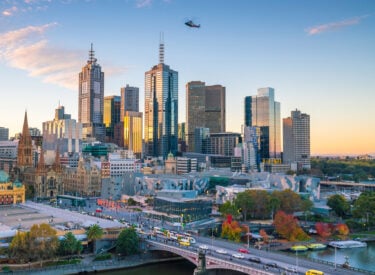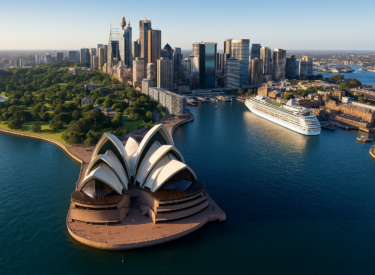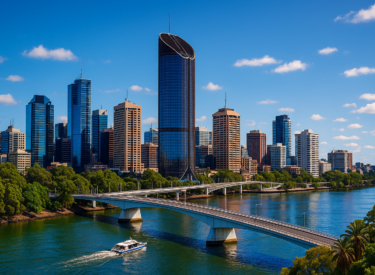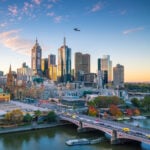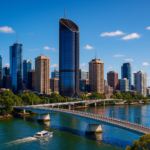Australia’s property market is facing a new and growing threat—one that can’t be ignored by investors, insurers, or homeowners.
According to the Climate Council’s latest report, At Our Front Door: Escalating Climate Risks for Aussies Homes, climate change is no longer a distant concern; it’s already impacting property values, insurance affordability, and the viability of entire communities.
The climate crisis hits home
The report reveals that more than 2 million Australian properties are currently at moderate to high risk from climate-fueled extreme weather events.
Specifically, 652,424 properties (4.4% of the national total) are classified as high risk in 2025, meaning insurance is often already unaffordable or unavailable.
An additional 1.55 million properties (10.4%) are at moderate risk, facing abnormally high insurance costs.


Note: These figures are not projections for the distant future—they reflect the current state of affairs.
Extreme weather events, intensified by climate pollution from coal, oil, and gas, are increasing costs for all homeowners through higher repair and maintenance bills and skyrocketing insurance premiums.
Critical climate risk zones
The situation is particularly dire in 86 suburbs identified as “critical climate risk zones,” where 80-100% of properties are classified as high risk.
In these areas, the level of expected damage is likely to be widespread, making insurance difficult to obtain for all properties within the suburb.
This devalues people’s largest financial asset, their homes, and can undermine the local property market as no one will want to buy these properties in the future.
Outside of these zones, nearly 590,000 other properties are also identified as high risk, meaning they are already at risk of becoming uninsurable—or soon will be—with projected annual damage costs equivalent to 1% or more of the property replacement cost.
High-risk electorates
The report identifies the most at-risk federal electorates based on the number of properties already at high risk.
These include:
- Dobell, Richmond, Hunter, Page, and Robertson in New South Wales
- Nicholls in Victoria
- Mayo in South Australia
- Maranoa and Brisbane in Queensland
- Bullwinkel in Western Australia
Communities along the New South Wales coast, stretching from the Northern Rivers to the Central Coast, are a climate risk epicentre, with a large number of critical climate risk zones and several of the top 10 most at-risk electorates concentrated here, according to the report.
Implications for property investors
For property investors, these findings are a real warning.
Climate risk must now be considered alongside the traditional metrics of property investment - location, scarcity, infrastructure, rental appeal.
Investing in high-risk areas could lead to properties becoming uninsurable, significantly devaluing assets and impacting long-term returns.
Moreover, the broader economic implications are profound.
As insurance becomes unaffordable or unavailable, the value of properties in high-risk areas will plummet, leading to potential mortgage defaults and financial instability.
This scenario underscores the importance of integrating climate risk assessments into property investment strategies.
Conclusion
The escalating climate risks outlined in the Climate Council’s report make it clear that property investors must exercise heightened caution.
Due diligence must now include a thorough evaluation of climate-related risks to safeguard investments and ensure long-term viability.
Ignoring these risks is no longer an option; proactive measures are essential to navigate the evolving landscape of property investment in Australia.


